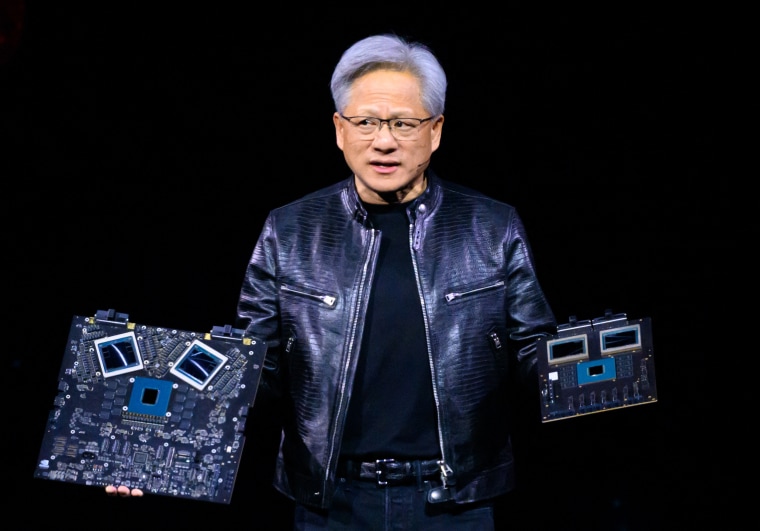In the rapidly evolving world of technology, Intel has long been a dominant force in the U.S. chip industry. However, the company now finds itself facing new challenges that threaten its position as a market leader. Intel’s struggle to stay relevant is indicative of the fierce competition and rapid pace of innovation in the semiconductor industry.
One of the key factors contributing to Intel’s decline is its stumbles in transitioning to new chip manufacturing processes. The industry standard for chip production has shifted towards smaller and more efficient processes, such as 7-nanometer technology. Intel has faced setbacks in its attempts to adopt these advanced processes, leading to delays in product releases and falling behind competitors like AMD and TSMC.
Furthermore, the rise of cloud computing and artificial intelligence has shifted the focus in the chip industry towards specialty chips optimized for specific tasks. Intel’s traditional reliance on general-purpose x86 processors may not be suitable for these new computing paradigms, putting the company at a disadvantage in a rapidly evolving market.
Intel’s struggles are also exacerbated by the increasing competition from foreign chip manufacturers, particularly in Asia. Companies like TSMC and Samsung have made significant investments in cutting-edge chip fabrication technologies, threatening Intel’s dominance in the industry. Additionally, geopolitical tensions and trade disputes have raised concerns about the security and stability of the semiconductor supply chain, further complicating Intel’s efforts to stay competitive.
To address these challenges, Intel has embarked on a strategic transformation under new leadership. The company aims to revitalize its chip design and manufacturing capabilities, investing heavily in research and development to catch up with rivals in terms of process technology. Intel is also exploring new markets and applications for its chips, seeking to leverage its expertise in data center and enterprise computing to drive growth in emerging areas like 5G, autonomous vehicles, and Internet of Things.
Despite these efforts, Intel faces an uphill battle to regain its competitive edge in the chip industry. The company must navigate a complex landscape of technological advancements, market dynamics, and geopolitical pressures to stay relevant in an increasingly competitive and uncertain environment. How Intel responds to these challenges will determine its future success and its ability to maintain its position as a key player in the global semiconductor industry.





























